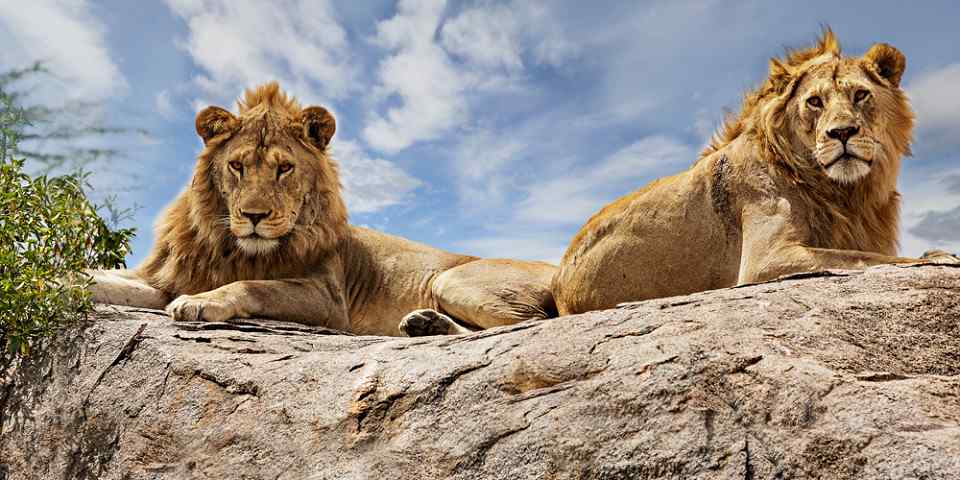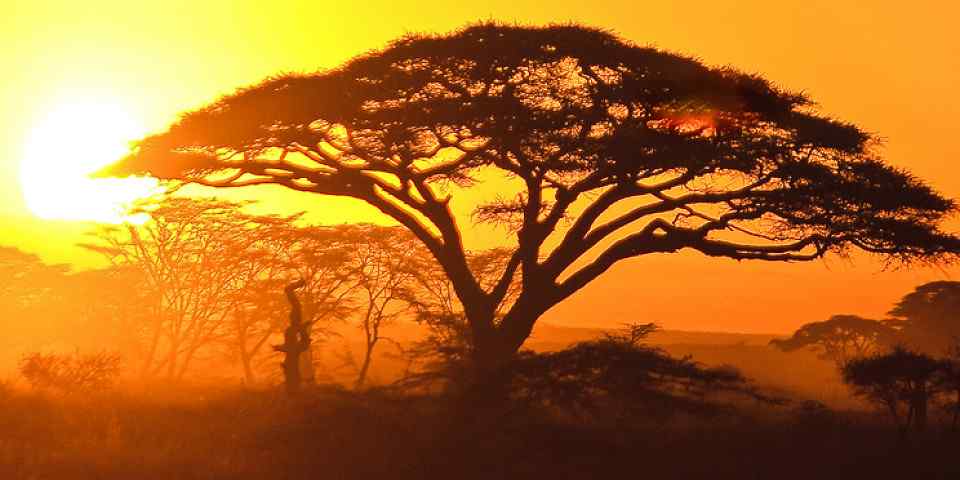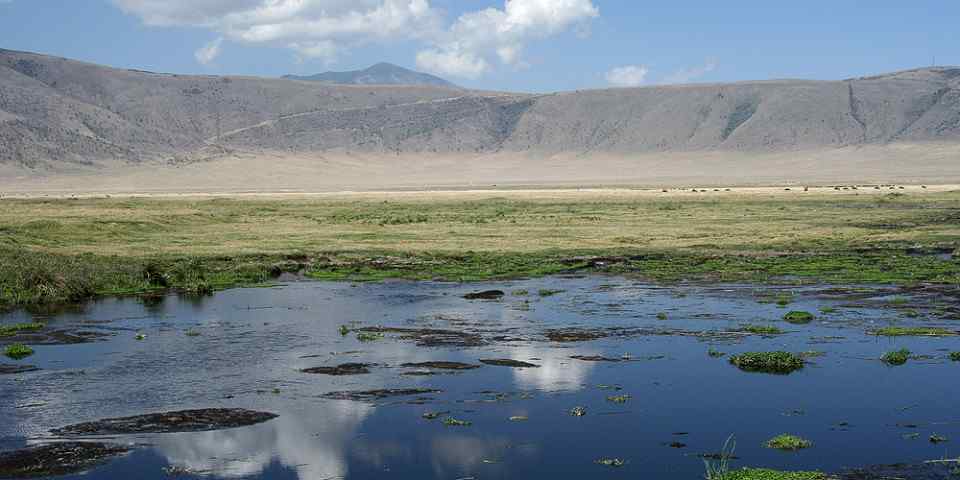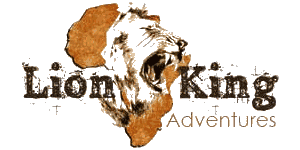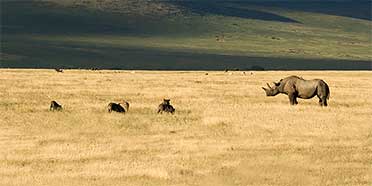
Safari Tours to Ngorongoro Crater
-
![7-Day Memorable Adventure in Tanzania]()
7-Day Memorable Adventure in Tanzania
$2,380 pp (USD)
Tanzania: Private tour
Mid-range Lodge & Tented CampYou Visit: Arusha (Start), Tarangire NP, Central Serengeti NP, Serengeti NP, Ngorongoro Crater, Lake Manyara NP, Arusha (End)

Go Serengeti African Tours
4.9/5 – 234 Reviews
-
![7-Day Tanzania's Big Five Odyssey]()
7-Day Tanzania's Big Five Odyssey
$2,329 to $2,393 pp (USD)
Tanzania: Private tour
Mid-range Lodge & Tented CampYou Visit: Arusha (Start), Tarangire NP, Serengeti NP, Ngorongoro Crater, Lake Manyara NP, Arusha (End)

Kilimanjaro Adventure Safari Club
5.0/5 – 181 Reviews
-
![5-Day Mid Range Best of Tanzania]()
5-Day Mid Range Best of Tanzania
$1,850 to $1,958 pp (USD)
Tanzania: Private tour
Mid-range Lodge & Tented CampYou Visit: Arusha (Start), Tarangire NP, Ngorongoro Crater, Serengeti NP, Lake Manyara NP, Arusha (End)

Lion King Adventures
5.0/5 – 1,184 Reviews

 Tanzania Parks
Tanzania Parks







